LATVIJA.FM
Literary Riga: A Walking Tour Through Bookish Landmarks
In the heart of Latvia’s capital, history is not only preserved in bricks and stone but whispered in verse and prose. Riga’s literary legacy lives on through its charming cafés, hidden courtyards, evocative statues, and storied apartments—each a quiet witness to the nation's poetic soul. From the places where Rainis and Aspazija once debated the future of Latvian language to cozy cafés where modern writers still scribble in the margins of newspapers, Riga invites visitors to take a stroll not just through streets, but through stories. This city’s literary topography reveals an identity shaped as much by its thinkers as by its rulers—a place where art and resistance walked hand in hand, where the written word fueled national awakening, and where every corner echoes with the lingering voice of a line once penned. Come walk through Riga’s bookish past, and discover the living chapters still being written today.
Chapter One: Aspazija Boulevard—Where Words Found Their Voice
Begin your journey where the soul of Latvian literature was most fiercely defended—Aspazijas bulvāris. Named after the indomitable poetess and playwright, Aspazija, this central artery of Riga is more than just a scenic street—it’s a dedication to a woman whose voice helped shape the Latvian national consciousness. Just off the boulevard sits the former Hotel Roma, now housing the Aspazija Museum in the apartment where she once lived. Preserved with period furniture and personal letters, the rooms whisper of her creative discipline, her turbulent partnership with Rainis, and her role in Latvia’s cultural revolution. It’s here that intimate verse met sharp political thought, redefining the role of literature in a nation’s emancipation.
Chapter Two: The Rainis and Aspazija House—A Dialogue in Stone
Not far from the bustling city center, in a serene stretch of Riga, you’ll find the Rainis and Aspazija House, where Latvia’s most iconic literary couple spent their final years. The building is more than a memorial—it’s a testament to collaboration, to the fusing of poetic brilliance and social critique. Visitors can walk the very study where Rainis drafted his influential dramas and poems, and see the writing desk where Aspazija composed lines of fierce independence. Exhibitions delve into their exile, activism, and the philosophical ideals that bled into every word they wrote. This quiet home offers a powerful reminder of how literature can act as both a sword and a balm.
Chapter Three: Statues in the Square—A Monumental Literary Presence
In Esplanāde Park, beneath the shade of oaks, the statue of Rainis rises with solemn dignity. His figure commands not only the space but the memory of generations for whom his writing was more than literature—it was lifeblood during times of suppression. Further across the city, tucked in parks and pedestrian lanes, you’ll find tributes to other literary luminaries: the romantic poet Jānis Poruks, the satirical voice Rūdolfs Blaumanis, and the melancholic genius Aleksandrs Čaks. Each statue is not merely decorative; it invites pause, reflection, and remembrance—offering a moment of communion with the minds who shaped Latvia’s emotional and intellectual contours.
Chapter Four: Coffee and Contemplation—The Cafés of Creation
No literary walking tour of Riga would be complete without stopping in the cafés where thought was brewed alongside dark roast. Historic cafés such as Café Kolonāde, with its art deco charm, or the tucked-away Parunāsim kafe’teeka in Old Town, have long served as meeting places for Riga’s thinkers and scribblers. These spots remain sanctuaries for creatives today, many of whom trace their steps back to earlier generations of authors who plotted revolutions and tragedies over steaming cups. In these corners, the lines between past and present blur; one can almost imagine Blaumanis nursing his thoughts in the quiet hum of conversation and clinking porcelain.
Chapter Five: Libraries as Living Shrines
The National Library of Latvia, also known as the Castle of Light, gleams across the Daugava River, a modern temple to the written word. Its bold, angular form represents both progress and preservation, housing centuries of Latvian literature—from rare manuscripts to banned books once hidden in attics. Inside, exhibitions often spotlight literary figures whose work has shaped Latvia’s cultural landscape. But equally powerful is the Academic Library on Rūpniecības Street, which boasts historic collections dating back to the 16th century, offering insight into how knowledge, language, and literature evolved in tandem with the Latvian nation.
Chapter Six: From Page to Pavement—Walking the City’s Literary Spirit
Riga is not a city that flaunts its literary lineage; instead, it reveals it slowly, like a well-written novel. A plaque on a quiet facade, a statue framed by falling leaves, or an old bookshop whose creaking floors have carried countless dreamers—these are the moments that give Riga its narrative charm. Beyond the landmarks lies something more intangible: an atmosphere steeped in metaphor, where history clings to the streets like a stanza unforgotten. For every visitor who walks this literary path, Riga becomes more than a capital—it becomes a story of its own, waiting to be read with every step.
